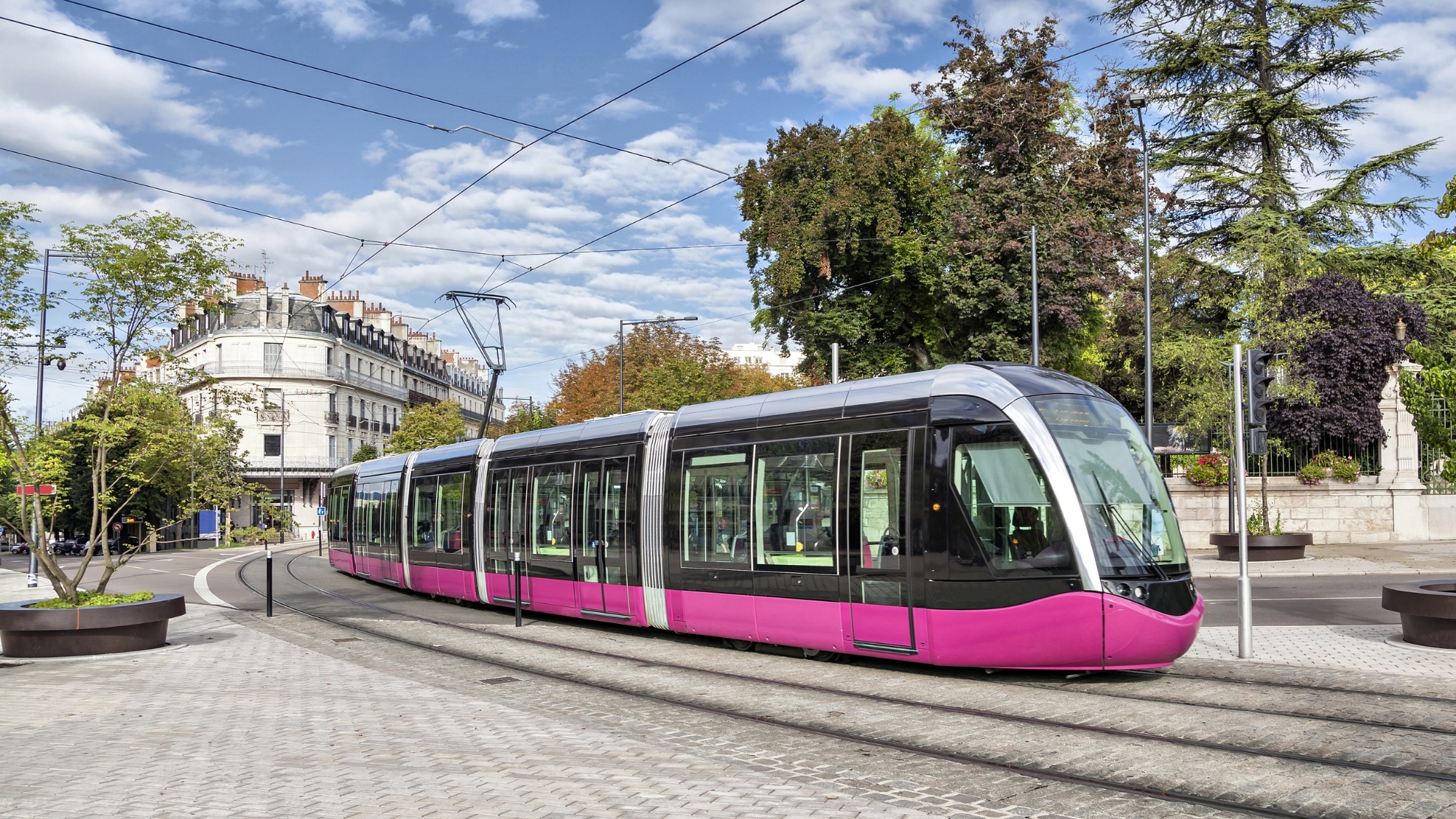According to Axel Sibert, Municipal Councillor of Dijon and President of the Dijon Ideas Lab: “Mobility issues in Dijon are more relevant than ever, and the development of the tram in Dijon will be one of the main topics in the upcoming municipal campaign!”
A 3rd tram line in Dijon, a route that favors the East, but what about the others?
The plan led by Axel Sibert envisions a connection between Dijon, Longvic, Sennecey-lès-Dijon, and Chevigny-Saint-Sauveur, serving the eastern part of Dijon. Let’s be honest, this is a great step forward for many residents who have been juggling between crowded buses and car trips to reach the city center.
.jpg)
But once again, the western part of Dijon is left out. Talant, Fontaine-lès-Dijon, Plombières-lès-Dijon, the Fontaine-d’Ouche neighborhood, and even Saint-Apollinaire are not included in the project plans. Yet, these areas are home to thousands of residents who deserve just as much attention as those in the East.
Funding and timeline for the new Tram in Dijon
According to our colleagues from Info Dijon, the estimated cost of this project is 400 million euros. Although this third tram line project is still in the design phase, it represents a major opportunity for the future of mobility in Dijon. Future decisions will depend on ongoing studies, available funding, and the priorities set by the city. We still don't know the timeline for this project of the third tram line for Dijon.
When will we see green and especially safe mobility in Dijon?
Let’s be clear: a tramway is a victory for ecological transition. Fewer cars, less pollution, a smoother and more enjoyable city to live in. Dijon has already set an example with its existing network, and this third line is a step in the right direction.
But at a time when we’re talking about a green city, where are the safe infrastructures for bicycles? Where are the investments for a real cycling network that would help avoid dangerous and uncomfortable rides for cyclists? Dijon has the potential to become a benchmark for soft mobility, but for that, we need to go further!
So, Dijon, are we stopping halfway or going all the way to the terminus of a truly sustainable and accessible city?
